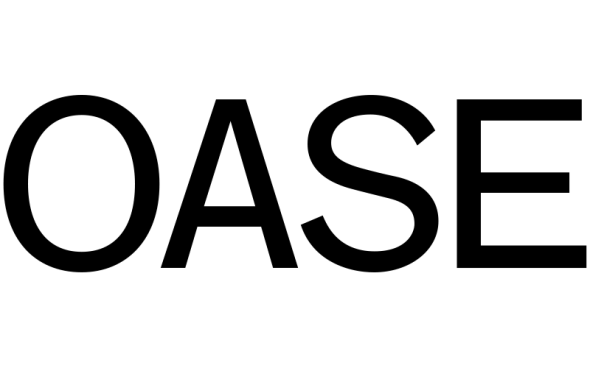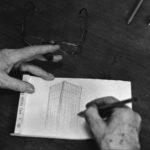OASE 99 – The Architecture (Museum) Effect | Call for Papers

Issue editors: Dr. Sergio M. Figueiredo and Dr. Hüsnü Yegenoglu
The construction, articulation, and dissemination of architecture is continuously shaped and expanded as much by individuals as by institutions. While often overlooked, the architecture museum has arguably become one of the most significant instruments in architecture’s disciplinary apparatus. By collecting architectural archives, producing exhibitions, funding publications, organizing lectures and discussions, and even directly commissioning work, architecture museums have purposefully furthered architectural discourse and practice in particular directions since their inception in the early nineteenth century. Effectively, the ambition to actively guide architecture’s development has come to characterize architecture museums. While art museums aim to (mostly) reflect on art, architecture museums aspire to actively affect architecture’s disciplinary advancement. They aspire to be instrumental in architecture’s progress. Most notably, if in the early nineteenth century the Sir John Soane Museum promoted a return to classicism, in the early twentieth century the Museum of Modern Art (MoMA) advocated modern architecture, while in the late twentieth century, the Deutsches Architekturmuseum (DAM) championed a postmodern architectural expression.
While more or less conspicuously, the advancement of particular conceptions of architecture is transversal to all architecture museums. As custodians of architecture’s disciplinary archive, museums have come to claim a unique position within the architectural apparatus: a privileged interface between past, present, and future of the discipline. By hosting – and making available – archives of accumulated architectural knowledge, museums inherently regulate how architecture’s history is understood and how new meanings are formulated. Inevitably, even as their basic approach to architecture may differ, all museums instrumentalize the archive to validate and legitimize their specific conception of architecture. Furthermore, by stimulating the appreciation of architecture by a wide public, architecture museums also affect the very reception of architecture. With such broad engagement, architecture is compelled to reveal its issues, resolve its discrepancies, and enunciate its positions beyond disciplinary jargon or conventions. By engaging the general public with architecture, museums cultivate an educated audience that values architecture’s cultural and intellectual standing and thus can demand architectural quality. In this democratization of the architectural discipline, architecture’s perception is altered, its boundaries blurred, and new territories defined. Ultimately, it is in this multiplicity of effects, strategies, and policies that the museum’s agency within architecture is paradoxically concealed and revealed.
This OASE issue considers the often unacknowledged agency of the architecture museum in shaping architectural discourse and practice while also questioning existing assumptions and investigating the changing context and agency for these institutions. However, the upcoming issue will be not only focus on international well-known institutions as the DAM and the MoMA, that are established within advanced metropolitan centers, but equally take a look into institutions that operate in developing countries. How are architecture museums adapting to changing patterns of production and consumption of architecture and cultural events? How can these institutions mediate the relation between the general public and architecture? What role should they play in current architecture culture? What is the agency of a disciplinary archive in these institutions? How can these institutions foster inclusive public spheres for architecture? How are spectacle and imagery problematized within these institutions? How can collection and exhibition advance architecture? How do these institutions engage with political and economic power structures? How do emerging and established institutions diverge in their approach and praxis? By engaging all these, and other pressing issues, this OASE issue will clear the ground and provide a framework for understanding the present condition and project the future for architecture museums.
To engage with these and other pressing issues, we invite contributions that reflect on the practices of particular institutions and/or reveal emerging trends across the field. We invite contributions that productively collide theory and practice, specifically, contributions that reveal rather than smooth the breaks, difficulties, tensions, and discontinuities, within and between architecture museums, their history and their future.
The aim of OASE 99 is establish a working understanding of architecture museums as institutions and nodes in architecture’s cultural apparatus. To engage critically with different perspectives and use historical and theoretical grounding to uncover the presence and relevance of architecture museums institutions in contemporary architecture culture.
Proposals for contributions should be submitted by email to issue editors Sergio M. Figueiredo (S.M.Figueiredo@tue.nl) and Hüsnü Yegenoglu (h.h.yegenoglu@tue.nl) by JANUARY 15, 2017, and must include a proposed title, an abstract (maximum 300 words), as well as the contributor’s name, professional affiliation (if applicable), email address and a short bio (maximum 300 words).
Read the official call.
Related Posts
Questo sito usa Akismet per ridurre lo spam. Scopri come i tuoi dati vengono elaborati.








Lascia un commento